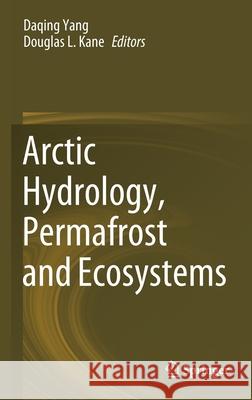Arctic Hydrology, Permafrost and Ecosystems » książka
topmenu
Arctic Hydrology, Permafrost and Ecosystems
ISBN-13: 9783030509286 / Angielski / Twarda / 2020 / 914 str.
Kategorie BISAC:
Wydawca:
Springer
Język:
Angielski
ISBN-13:
9783030509286
Rok wydania:
2020
Wydanie:
2021
Ilość stron:
914
Waga:
1.46 kg
Wymiary:
23.39 x 15.6 x 4.93
Oprawa:
Twarda
Wolumenów:
01
Dodatkowe informacje:
Wydanie ilustrowane











